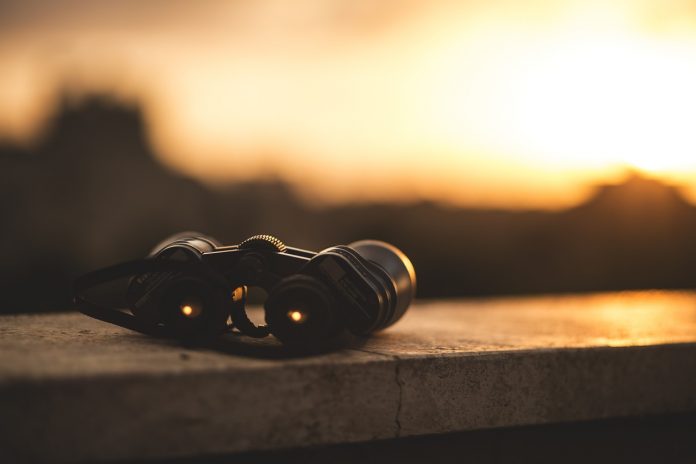People keep asking if we’re going to skip winter this year. I don’t know. There have been a few snowstorms here and there; rain and high winds have replaced snow and frigid temperatures in many places.
Here in western North Carolina at an elevation of 2,000 feet, I’ve only recorded one low temperature below 20 degrees, and that was 18 degrees Nov. 13.
One result of the mild winter thus far has been a dearth of activity at backyard bird feeders. If you need a feather fix until cold winter weather really sets in, I’ve got some suggestions. With a computer and an internet connection, the world is at your fingertips.
Around the globe
Cornell University’s Lab of Ornithology serves as a hub for cameras at feeders and nests around the globe. Visit www.allaboutbirds.org/cams to get started. You’ll find a series of videos for each site. Just click on “Live” views or one of the archived “video highlight” files to begin your tour.
A popular feeding station in northern Ontario attracts birds that are less common in the midlatitudes. With views of Canada, jays, pine and evening grosbeaks, redpolls, ruffed grouse, and an occasional flying squirrel, it begins to feel a lot like winter.
For something more reminiscent of home, check out the Cornell FeederWatch cam. Here you’ll find chickadees, titmice, downy, hairy, red-bellied, and pileated woodpeckers, blue jays, cardinals, and a variety of finches. It’s a great place to test your ability to identify common backyard species.
For more exotic species, head south to west Texas, where hummingbirds star. As many as a dozen species visit these feeders throughout the year. And maybe you’ll get a glimpse of an acorn woodpecker or a canyon towhee.
Then head farther south to the fruit feeders at the Canopy Tower in Panama. Here you might see a surprising variety of tanagers and euphonias, orange-billed sparrows, chestnut-headed oropendolas, gray-headed chachalacas, and rufous motmots and collared aracaris (a type of toucan).
Northern royal albatross
If you’re already thinking of spring, travel to the other side of the planet to observe a northern royal albatross nest in New Zealand. The adults, a 21-year-old male and 25-year-old female, are incubating a single egg laid Nov. 14. It should hatch later this month, and the chick will fledge in September or October.
The nest, monitored by staff from the New Zealand Department of Conservation, is on a windswept nature reserve. The sights and sounds captured on the video transport viewers to a destination few will ever visit.
Bermuda petrels
Finally, make one last stop in Bermuda to see a burrow-nesting seabird. Bermuda petrels, also called cahows, nest in the side of a dome-shaped, manmade burrow constructed by the Bermuda Department of Environment and Natural Resources on Nonsuch Island. These burrows are part of a larger translocation project that is essential to the long-term survival of Bermuda cahows.
Juveniles from smaller, low-lying islets are translocated to Nonsuch Island, where there is ample habitat protected from hurricanes and heavy surf. Presently, two translocated colonies call Nonsuch Island home. The DENR continues to establish additional safe nesting sites for cahows.
Petrels nesting in the manmade burrows have been banded and monitored for years. The parents featured on the cahow cam burrow were both translocated in May 2006 as newly fledged chicks from two separate nesting islets to artificial burrows on the larger and more elevated Nonsuch Island. The chicks were hand-fed daily and monitored until they fledged out to sea.
Both of the parents in the featured nest then stayed out at sea for three years until they matured. When they returned to the island, they occupied the burrow since 2009. Since then, they have returned every year to breed. Cahows mate for life and produce just one egg each year for as many as 30 years.
Visit the Cornell website to access all these locations. No binoculars required.













